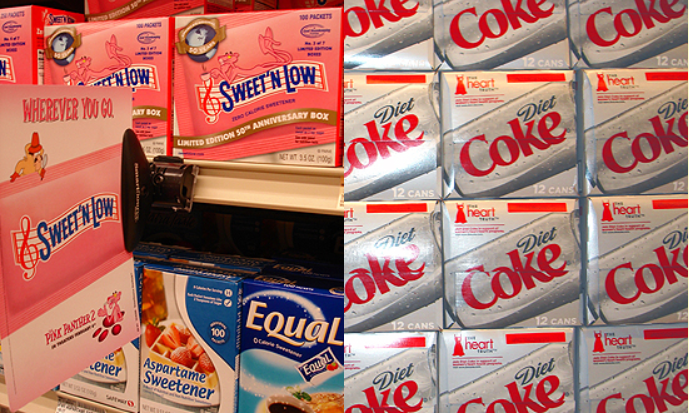Serendipity
by Andy Boyd
Today, not-so-dumb luck. The University of Houston presents this series about the machines that make our civilization run, and the people whose ingenuity created them.
Thomas Edison, one of the great inventors of all time, once said, "Genius is one percent inspiration and ninety-nine percent perspiration." But he failed to mention another vital element of the inventive mind: observation.
Great ideas don't spring from empty gray matter. We need to read and learn; to see and experience. The inventive mind is fertile ground, but seeds must be planted if anything's to spring forth. The more we observe, the more knowledge we have to build upon.
Then there's the flip side of observation. It doesn't simply provide food for thought. It also helps us recognize invention when we happen to stumble upon it.
A surprising number of inventions were accidental -- the result of looking for one thing but finding another. In 1938, DuPont chemist Roy Plunkett was working to create an alternative to the refrigerant Freon. He stored Freon gas for his experiments in canisters that contained iron. Returning to his lab one morning, he discovered the gas and iron had reacted to form a white, flaky, very slippery powder. Rather than throw it out, he studied it. We now know it as the non-stick coating Teflon.

Photo Credit: E.A. Boyd
Artificial sweeteners have a rich history of serendipitous discovery. It's not entirely surprising. If a researcher inadvertently tastes something sweet -- that's safe and low-calorie, too -- it's going to get attention. Ira Remsen failed to wash his hands before dinner after working with coal tar - a thick, black organic liquid that's a byproduct of coal processing. The sweetness he tasted led to the discovery of Saccharin. Aspartame, the sweetener in Equal and NutraSweet, was uncovered while searching for an anti-ulcer drug.

Photo Credit: E.A. Boyd
In 1952, a time when very few women could be found in corporate research labs, Patsy Sherman was working on a new kind of rubber for the fuel lines in jet aircraft. Her lab assistant dropped a bottle of an experimental compound on his canvas sneaker. It wouldn't wash off. And over the ensuing weeks they discovered the sneaker didn't get dirty. The result? Scotchgard fabric protector.
Percy Spencer was working with radar equipment for a defense contractor when he discovered that the peanut chocolate bar in his pocket was melting. His observation led to the invention of the microwave oven. Researchers in England were studying a new drug for the treatment of heart disease. It didn't work. But it had a very noticeable side effect on men. Voila! Viagra.
Penicillin. Rogaine. Superglue. Safety glass. Plastic wrap. Silly Putty. Some life-saving; some just fun. We found them when we weren't looking. Lucky? Yes. Just lucky? Absolutely not. For as Louis Pasteur once observed, "In the field of observation, chance favors the prepared mind."

Photo Credit: E.A. Boyd
I'm Andy Boyd at the University of Houston, where we're interested in the way inventive minds work.
Theme Music
This episode is an updated version of episode 2463.
For a related eipsode, see MICROWAVE OVEN
Serendipity. From the Wikipedia website: http://en.wikipedia.org/wiki/Serendipity. Accessed February 27, 2018.
Patsy Sherman. From the Famous Women Inventors website: http://www.women-inventors.com/Patsy-Sherman.asp. Accessed February 27, 2018.